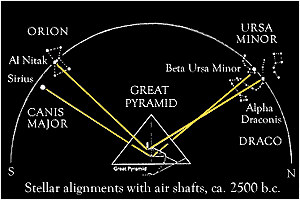African Astronomy: Kemetic knowledge of the stars
I have discussed the advanced astronomical knowledge of the Dogon people of Mali. The Dogon believe that they came from Ancient Egypt, Kemet. In this piece, we are going to touch lightly on some of their knowledge of the constellations. I confess that I am not doing my ancestors any justice by such a very scanty piece.
The Ancient Egyptians (Kemites) 3,000 years ago were the first to record the variability of a distant star – and their records could provide useful information for astronomers today.
This star, the brightest star known to us as Sirius, the dog-star, has great meaning to our ancestors of Kemet (modern-day Egypt), and their descendants the Dogon tribe of Mali. The Kemites could predict the flooding of the Nile by observing the movement of Sirius, and such studies led them to develop the calendar which we use today.
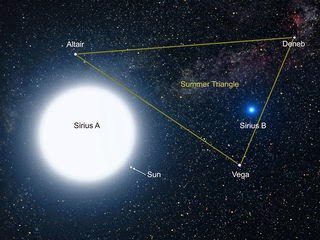
The Kemites knew at least 43 constellations in the 13th century B.C. In 1100 B.C. Amenhope wrote the "Catalog of the Universe" in which he identified the major known constellations.
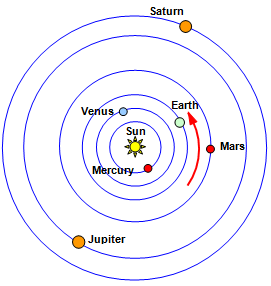
The Kemites believed in a spherical earth revolving on its own axis while inferior planets like Mercury and Venus revolve around the Sun. They also knew about five planets, the retrograde motion of Mars was known, the revolution of Mercury and Venus around the Sun was known. This is what Macrobius Ambrosius Theodosius termed the “Egyptian system,” and went on to say that "it did not escape the skill of the Egyptians."
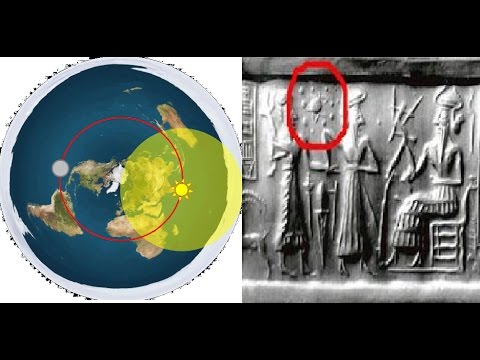
Ancient Egyptians were very interested in the night sky. They were drawn to two bright stars in the North Pole: "the indestructibles" or what we called today as Kochab, in the bowl of the Little Dipper (Ursa Minor), and Mizar, in the middle of the handle of the Big Dipper (Ursa Major).
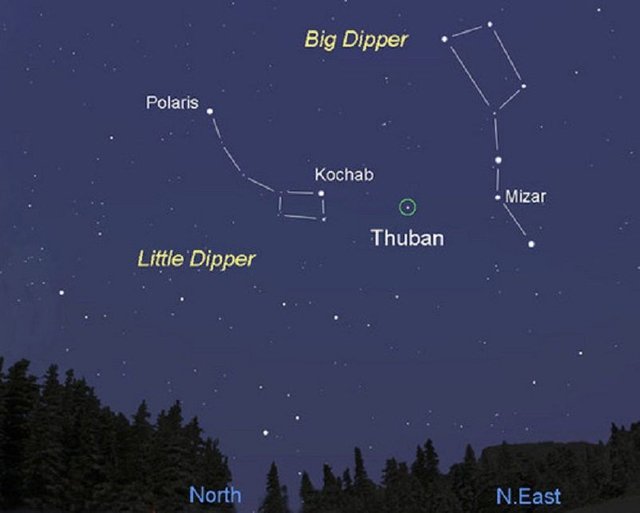
One great evidence of their mastery of the constellations and how their belief in the afterlife can be best illustrated in the sophisticated, decorative illustrations on the roof of the tombs of Rameses VI and Rameses IX in the valley of the Kings in present-day Luxor.
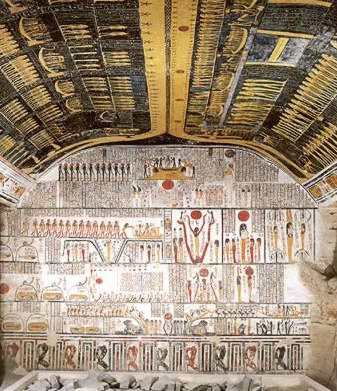
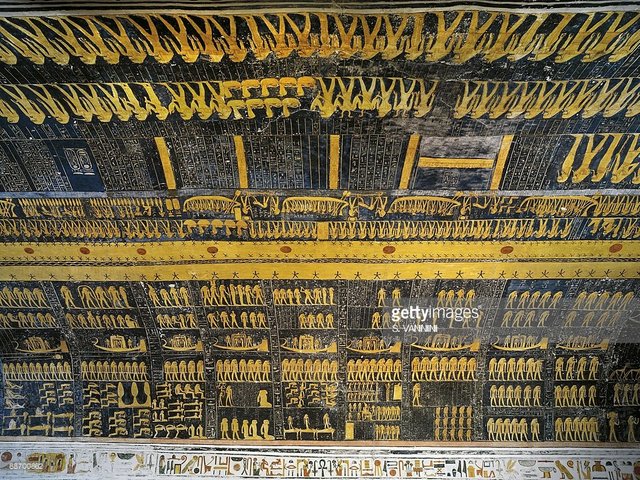
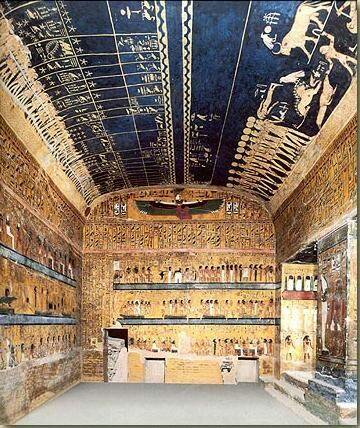

Kemetic astronomy, astrology and religious rites were intermingled. The periods and durations of religious rituals were systematically determined by studying and recording the movements of heavenly bodies, the sun, moon, constellations and stars. These can be evidenced from records found in temples. They built their pyramids and other major structures in alignment with constellations. This we will explore in the next piece.
